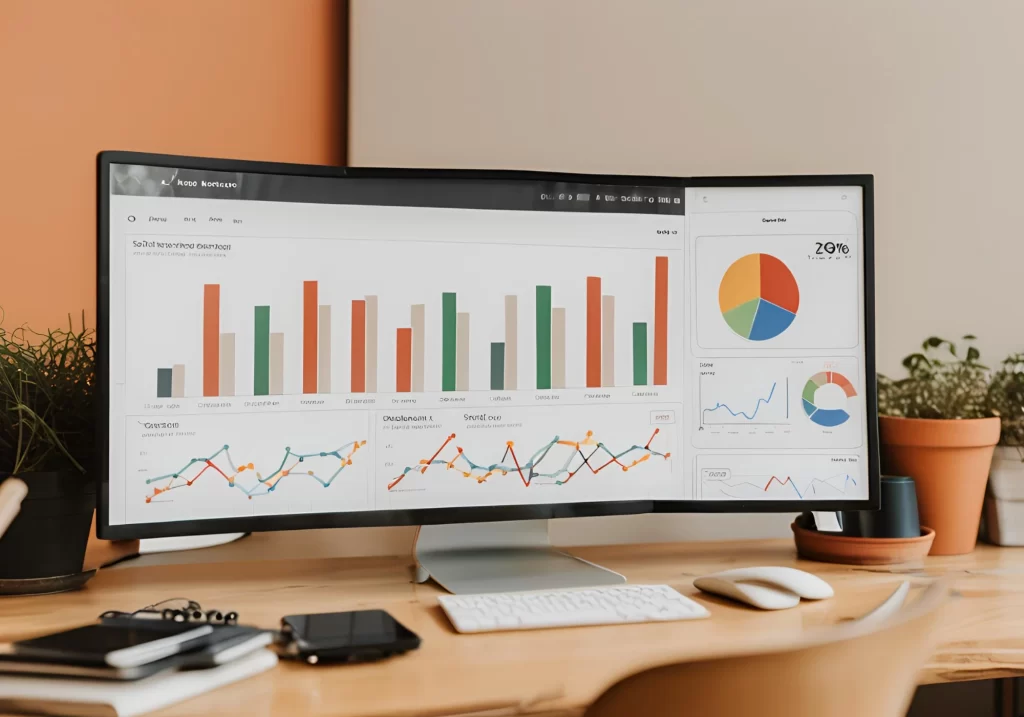SEO Secrets: How to Rank Higher and Drive More Traffic
Want to crack the SEO code and skyrocket your website’s traffic? Discover the secrets to higher rankings and more engagement with these simple, actionable tips!

In the digital world, having a great website isn’t enough if it doesn’t rank well on search engines. SEO (Search Engine Optimization) is the key to improving your visibility and driving more traffic. This guide will reveal practical SEO secrets to help you rank higher and engage more visitors. Let’s dive in!
1. Conduct Thorough Keyword Research
Keywords are the foundation of SEO. Identifying the right keywords helps you understand what your audience is searching for and how to target those queries effectively.
Example: If you run a bakery, you might target keywords like “best chocolate cake recipe” or “gluten-free bread near me.”
Actionable Tip: Use tools like Google Keyword Planner, Ahrefs, or SEMrush to find relevant keywords. Focus on long-tail keywords (phrases with 3-4 words) as they tend to have less competition and more targeted traffic.
2. Optimize Your On-Page SEO
On-page SEO involves optimizing individual web pages to rank higher and earn more relevant traffic. This includes optimizing content, title tags, meta descriptions, and headers.
Example: A blog post about baking tips should include keywords in the title, headers, and throughout the content naturally.
Actionable Tip: Ensure your primary keyword appears in the first 100 words of your content, in the title tag, and in at least one header. Write compelling meta descriptions that include your keywords and encourage clicks.
3. Create High-Quality Content
Content is king in the world of SEO. High-quality, relevant content keeps visitors on your site longer and encourages other websites to link to you, boosting your rankings.
Example: Instead of a generic post about “baking,” write a detailed guide on “How to Bake the Perfect Sourdough Bread” with step-by-step instructions and tips.
Actionable Tip: Regularly publish in-depth, valuable content that answers your audience’s questions. Use multimedia elements like images, videos, and infographics to make your content more engaging.
4. Improve Your Site’s Loading Speed
A fast-loading site enhances user experience and is favored by search engines. Slow websites can frustrate visitors and lead to higher bounce rates.
Example: Compress images and use a content delivery network (CDN) to speed up your site.
Actionable Tip: Use tools like Google PageSpeed Insights or GTmetrix to analyze and improve your website’s speed. Optimize images, leverage browser caching, and minimize CSS and JavaScript files.
5. Build Quality Backlinks
Backlinks (links from other websites to yours) are a significant ranking factor. They signal to search engines that your site is credible and authoritative.
Example: Collaborate with food bloggers to get backlinks to your bakery’s blog posts.
Actionable Tip: Focus on acquiring backlinks from reputable sites in your industry. Create shareable content, reach out to influencers, and participate in industry forums and guest blogging opportunities.
6. Utilize Social Media
While social media signals are not a direct ranking factor, a strong social presence can drive traffic to your site and indirectly boost your SEO efforts.
Example: Share your blog posts on Facebook, Twitter, and Instagram to increase visibility and attract backlinks.
Actionable Tip: Engage with your audience on social media by sharing valuable content, responding to comments, and participating in relevant groups and discussions. Use social media to amplify your content and drive more traffic to your site.
7. Optimize for Mobile
With the majority of searches now happening on mobile devices, having a mobile-friendly website is crucial for SEO.
Example: Ensure your bakery’s website looks great and functions well on smartphones and tablets.
Actionable Tip: Use responsive design to ensure your site adapts to any screen size. Test your site on various devices and use Google’s Mobile-Friendly Test tool to identify and fix any issues.
8. Monitor and Analyze Your SEO Performance
Regularly tracking your SEO performance helps you understand what’s working and where there’s room for improvement.
Example: Use Google Analytics to track the performance of your bakery’s blog posts and see which keywords are driving the most traffic.
Actionable Tip: Set up Google Analytics and Google Search Console to monitor your website’s traffic, rankings, and user behavior. Analyze this data to refine your SEO strategies and make data-driven decisions.
By implementing these SEO secrets, you can improve your website’s ranking, attract more traffic, and engage your audience effectively. Remember, SEO is an ongoing process, so stay updated with the latest trends and continuously optimize your strategies. Start today, and watch your website climb the search engine ranks!
Are you ready to unlock the full potential of your website with these SEO tips? Start optimizing now and enjoy the increased traffic and engagement!

